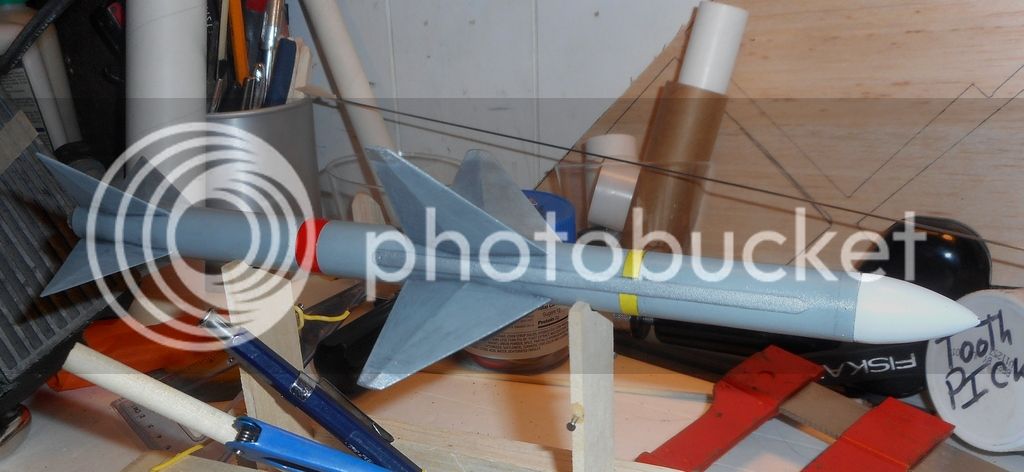Like most of the other posters I always round the leading and trailing edges of the fins on all models regardless of size Micro, LPR or MPR.
That said: there are other considerations as well. First it is never a good Idea to round the fin tips. Why? because it creates a much wider tip vortex that greatly increases drag on the fins.
Someone earlier said on LPR model round fin edges doesn't show visually an increase in overall performance. We'll to the naked eye perhap that is true, however we have documented proof the simply rounding those leading and trailing edges can improve the performance on any model rocket by as much as 10%. While performance is not always the main concern, it is at least worth noting it can be greatly increased by that simple step. 10% seems like alot but over the years I can say for sure it is very possible.
Squared off fin edges do more easily show damage then rounded fins.
If Scale modeling than, Ture airfoiling is often required, Single and double taper fins are quite often used on sounding rockets and many military missiles. while not required for flight reasons on most LPR or MPR models these profiles were required for supersonic prototype flights.
You'll also notice on many Sounding Rockets partuclularly those that use Nike or HO-JO rocket motors the fins are often also tapers tip to root edge. sometimes to as little as the thickness of the sheet metal (.080") or Plate (1/8"). For those who have not closely examined Nike fins they are actually made from 3 pieces of .125" aluminum two outer skins with either a single of double bent taper with a single of double interior 1/8" Z form center span stiffeners at the fold points. Nike and HO-JO fins also taper for Root to tip edges.
Learning to produce True Airfoil "TearDrop" symmetric fins is almost an art form all it's own. Producing one is hard, producing a set of 3, 4 or more identical airfoiled fins in Balsa or Basswood is extemely difficult. Slight differences in any one or two of the set WILL induce spin in the rocket as it flies reducing the achieved altitude by more then the amount gained by the Airfoiled fins would have added over simply rounding the Leading and Trailing edges.
Surface smoothness, particularly around transitions & external projections, Alignment and Optimal mass are the ways we increase the achieved altitude of model rockets for a given motor thrust class. Fin shape and profile run a distant 5th in this area.
Hope these little tid-bits help a little.







